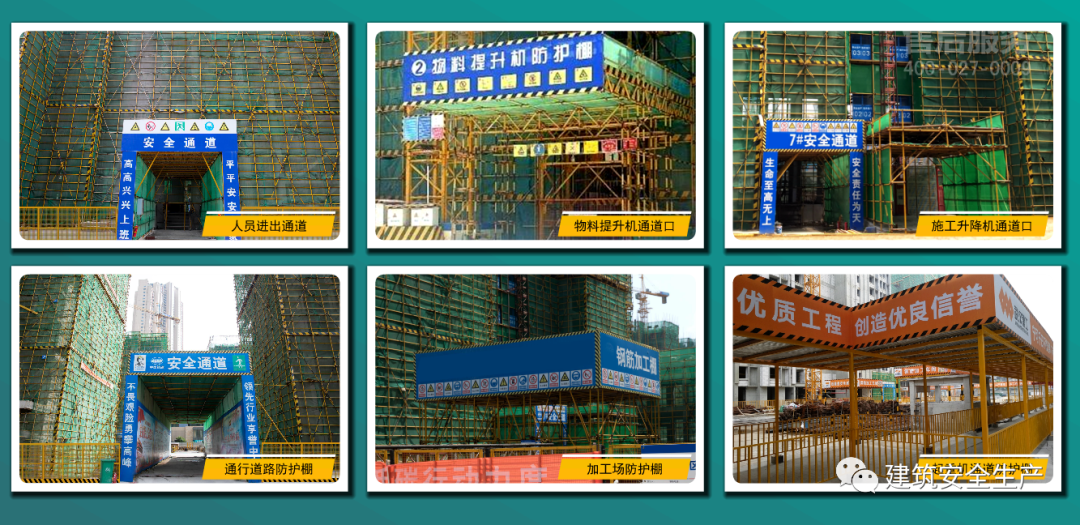Cracks caused by repeated freezing and thawing.
Sink shrinkage cracks generally occur 1 ~ 3 hours after concrete pouring, mainly at the variable section of the structure, the junction of beam and slab, the junction of beam and column and along the reinforcement.
The research shows that the concrete in long-term contact with water shows “cold expansion and heat contraction” when the temperature is – 4 ~ – 20 ℃.
The tension cracks of prestressed large roof slab are distributed on the slab surface, perpendicular to the long axis and extending downward from the slab surface; Local pressure cracks still exist at the ends of some longitudinal rib prestressed tendons.
According to the survey, the shrinkage cracks are closely related to the quality of raw materials, construction quality and structural type.
In civil construction engineering, concrete structure is dominant.
The main causes of concrete shrinkage are excessive water cement ratio and concrete fluidity, resulting in bleeding and sinking of concrete; Or the water evaporates too fast, which increases the sinking of concrete when it hardens; Or the vibration is insufficient, and the concrete is not compacted or uneven.
Brush the resin on the surface, or build a temporary embankment along the crack on the horizontal surface to make the resin overflow on the crack surface.
A relatively thin and long metal “suture U-nail” is used to cross the crack, embedded in the pre opened groove, and fixed with non shrinkage mortar or epoxy resin based adhesive.
Shrinkage cracks can generally be overcome by secondary plastering – water collection and compaction before initial setting.
It is especially suitable to lock the movable crack without damaging the surrounding structure.
The cracks of steel concrete column under axial compression load are distributed longitudinally along the column axis and slightly dense in the middle.
Temperature shrinkage crack temperature shrinkage crack is the most common crack in buildings, which is mainly caused by structural temperature deformation, blocked material shrinkage deformation and excessive stress.
Common concrete crack treatment method resin pouring method epoxy resin is the most common crack pouring material.
How to deal with concrete cracks? Concrete crack treatment refers to the technology of repairing concrete cracks by adopting scientific methods.
It is used to repair static cracks that have little impact on the structure and prevent the invasion of water vapor, chemicals and carbon dioxide by sealing the cracks.
The concrete around the crack is crisp, higher than the original concrete surface, and attached with brown rust exudate.
They are in the state of alternating dry and wet and repeated freeze-thaw for a long time.
Nail method when the tensile strength of the main crack section must be restored, the nail method is more suitable.
Generally, the shrinkage cracks of cast-in-situ structure or statically indeterminate structure are more than those of fabricated structure or statically indeterminate structure; There are more shrinkage cracks in houses with large plane size and poor construction quality.
First seal the crack surface and remove the vacuum to eliminate all the air in the crack and pore.
The resin can be poured into the crack of 0.05mm.
The typical stress crack of simply supported beam is the bending crack of normal section in the middle of span, which is perpendicular to the beam axis and larger at the bottom and smaller at the top; The end is a shear crack with oblique section, starting from the support and pointing to the concentrated load on the beam top.
The typical shrinkage cracks of cast-in-situ floor slab are mainly concentrated in the middle of the house, and there is no obvious difference along the floor direction.
As shown in the crack of corner balcony or cornice board, it is located on the board surface, starts at the junction of wallboard, and extends outward in meter shape with corner as the center.
When the concrete compactness is poor and the void ratio is large, frost heave cracks are easy to occur, resulting in looseness and peeling of concrete on the structural surface and corrosion of reinforcement 。 Shrinkage crack in the hardening process of concrete, the crack caused by plastic subsidence is called shrinkage crack, or plastic shrinkage crack.
It is considered that when the concrete carbonizes to the reinforcement, the reinforcement will gradually rust without the protection of concrete passive film, and the volume of reinforcement will expand after rust, It will cause the concrete to crack along the reinforcement; The development of concrete cracks, in turn, promotes the faster corrosion of reinforcement, especially when the environmental humidity is high and there are harmful media around, the speed of this vicious cycle is significantly accelerated.
The crack shape is jujube shaped, thick in the middle, thin at both ends, and most of them end at the side of beam and wall.
Surface sealing method this is the simplest and most common crack repair method.
Vacuum infiltration method: It is more suitable for sealing multiple irregular surface cracks.
The shape of sinking shrinkage crack is similar to that of shrinkage crack, which is horizontally distributed in the shape of jujube core with thin ends and thick middle.
The stress crack of the corbel, the shear crack starts at the point of concentrated load and extends obliquely to the intersection of the outer inclined plane of the corbel and the lower cylinder; The bending crack starts at the intersection of bracket bearing surface and upper cylinder surface and extends obliquely into the column.
The characteristic of carbonation corrosion crack is that the crack is distributed along the reinforcement, which expands the concrete outward from the expansion rust.
Temperature shrinkage crack China’s code for reliability appraisal of buildings (structures) in iron and steel industry provides an evaluation method for the durability of reinforced concrete structures.
Except for some special epoxy resins, it is not easy to use resin pouring method when the cracks are active, leaking, unable to dry out or the number of cracks is very large.
The cracks of large eccentric compression column are concentrated at the maximum bending moment.
This method is mainly based on concrete carbonization and reinforcement corrosion.
The regularity of this kind of crack is very strong, and the exact conclusion can be drawn through calculation and analysis.
The sinking deformation is dozens of times larger than the shrinkage deformation.
Therefore, carbonation corrosion cracks must be paid great attention.
When the plane size of mass concrete is too large, post pouring joints can be set appropriately to reduce external stress and temperature stress; Secondary plastering process can be adopted for mass concrete to reduce surface shrinkage cracks.
How to control the occurrence of concrete cracks? Slag cement with low hydration heat is preferred to mix concrete, and retarding and water reducing agent is properly used; On the premise of ensuring the design strength grade of concrete, properly reduce the water cement ratio and reduce the amount of cement; Reduce the molding temperature of concrete and control the temperature difference inside and outside the concrete (if there is no design requirement, it shall be controlled within 25 ℃); Timely cover the concrete for thermal insulation and moisturizing; When mixing concrete, an appropriate amount of micro expansion agent or expansion cement can be added to compensate the shrinkage of concrete and reduce the temperature stress of concrete; Set post pouring joints.
(photo source network, copyright reserved by the author) polymer immersion method Force infiltration method : Liquid resin with low viscosity can be used to seal cracks of no less than 0.1mm on pavement and bridge deck.
Grouting method ordinary cement grouting: Cracks in massive dams, thick concrete walls, or rock foundations of hydraulic structures are sometimes sealed by injecting Portland cement mortar..
Then pure epoxy resin slurry is injected into the crack surface under atmospheric pressure.
It has high mechanical strength and can resist most chemical corrosion encountered by concrete.
How are cracks in concrete structures classified? (photo source network, copyright owned by the author) load crack, also known as stress crack, is a structural crack caused by external load.
The international leading engineer automatic low pressure grouting technology developed by the crack treatment center of Beijing Metallurgical Construction Engineering is one of the best construction methods of resin grouting method.
The cracks on the tensile surface are horizontal, large outside and small inside, perpendicular to the column axis; Near the limit state, the concrete on the compression surface is crushed.
Exposed concrete structures in cold areas are eroded by rain and snow year after year.
The cracks of cast-in-situ floor of frame structure, and the cracks of slab surface form a ring, which are distributed along the edge of frame beam; The cracks at the bottom of the slab are cross shaped or meter shaped and concentrated in the middle of the span.
Concrete cracks generally have three states: Static fracture, active fracture, developing fracture 。 The factors to be considered in the selection of concrete crack treatment methods are: judge whether the crack is active or static; What is the main purpose of the repair? It is to reduce excessive leakage and make the crack full of water; Whether reinforcement treatment is required; What are the main causes of cracks; How the crack will change in the future (numerical value and direction).
Hubei – Yu Shuo click the business card below to add the highlights updated every day.
Cracks inevitably exist in concrete structure due to internal and external factors, and cracks are the main reason for the reduction of bearing capacity, durability and waterproof of concrete structures.




